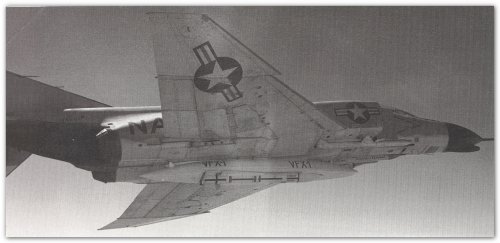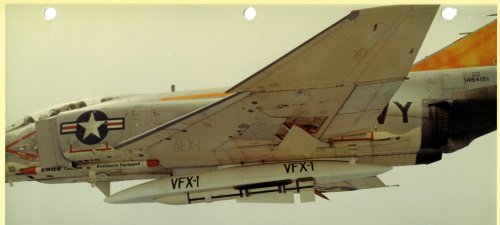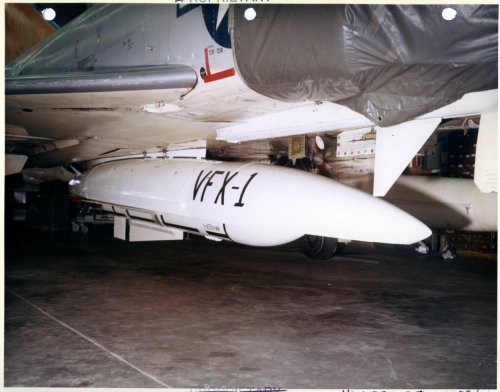Was just doing some reading on F-4s and read that the US Navy was testing a F-4B that could carrie a Phoenix missile in a modified centreline fuel tank? :
Does any one have any more info on this? photos and drawings would also be welcome.
Came about with the F-111B getting the axe at the time.
Thanks
Does any one have any more info on this? photos and drawings would also be welcome.
Came about with the F-111B getting the axe at the time.
Thanks



